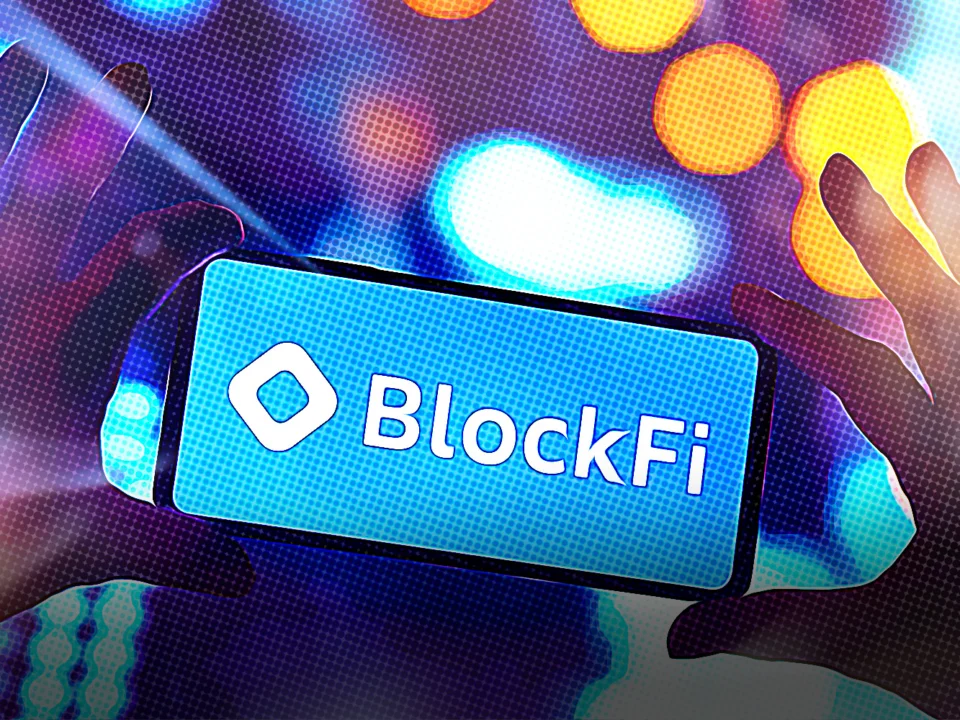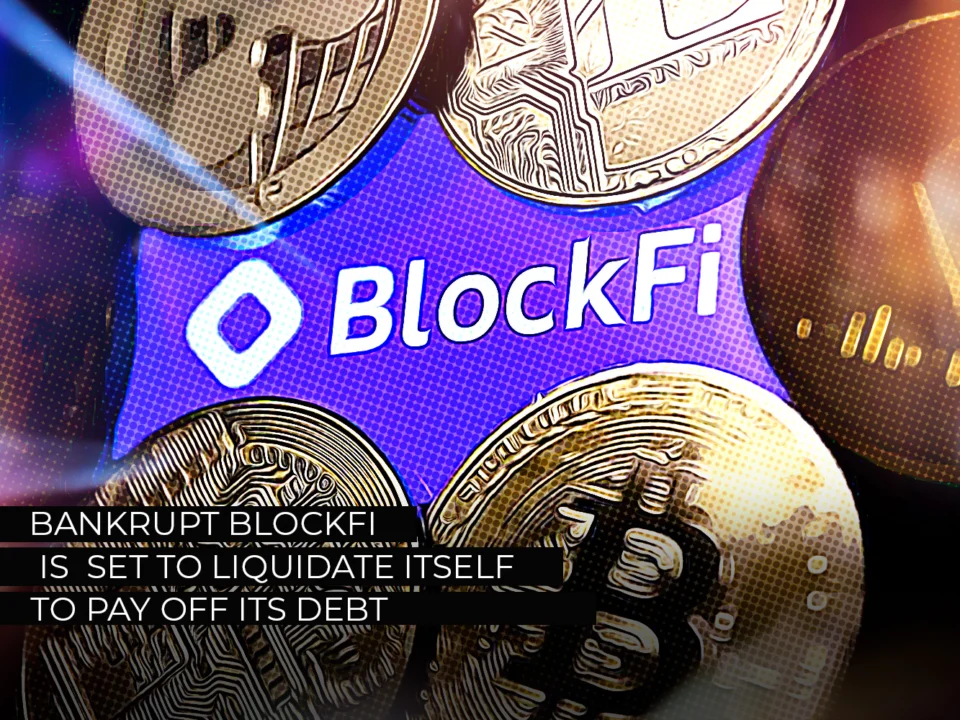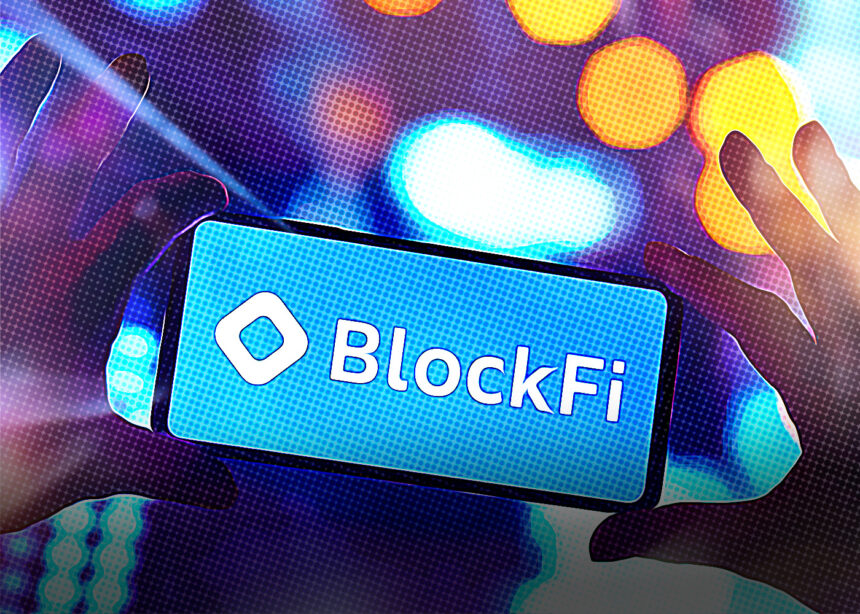BlockFi, once a prominent player in the cryptocurrency lending space, is now on the brink of liquidation to settle its mounting debt. Amidst financial turmoil and increasing pressure from creditors, BlockFi’s decision to liquidate marks a significant turn of events. This process aims to maximize asset recovery for creditors and stakeholders. Understanding the details of BlockFi’s liquidation process will shed light on the impact on those involved and the broader financial landscape.
Background on BlockFi’s Financial Troubles

BlockFi, once a prominent player in the cryptocurrency lending space, faced financial turbulence that eventually led to its bankruptcy. Initially, BlockFi offered users attractive interest rates on their crypto deposits and extended loans backed by cryptocurrency collateral. However, several factors contributed to its financial decline:
- Market Volatility: The unstable nature of the crypto market impacted BlockFi’s balance sheet, with sharp declines in cryptocurrency values.
- High-risk Lending Practices: BlockFi’s aggressive lending strategies backfired when borrowers defaulted on their loans.
- Regulatory Scrutiny: Increased regulatory pressure added to BlockFi’s operational challenges, leading to costly legal battles and compliance issues.
- Liquidity Crunch: The company struggled to maintain sufficient liquidity, making it difficult to meet withdrawal demands from its users.
The culmination of these issues eroded investor confidence and precipitated a downward spiral, culminating in BlockFi filing for bankruptcy. Understanding this background is crucial for grasping the complexity of BlockFi’s path to liquidation.
The Liquidation Process Explained

As BlockFi navigates its bankruptcy and moves towards liquidation, understanding the process becomes crucial for all involved. Essentially, liquidation involves converting BlockFi’s assets into cash to clear its debts. Here’s a breakdown of what this entails:
Asset Identification: First, BlockFi will list all its assets, including crypto holdings, accounts receivable, and other investments.
Valuation: Independent appraisers will value these assets to ensure an accurate assessment of what they are worth.
Asset Sale: BlockFi will sell off its assets through auctions or direct sales. The goal is to generate maximum returns to satisfy its obligations.
Creditor Payments: Proceeds from these sales will be distributed to creditors based on the priority of their claims. Secured creditors get paid first, followed by unsecured creditors.
Final Closure: Once all assets are liquidated and debts are paid, BlockFi will officially close its operations.
Transitioning seamlessly from managing operations to liquidation requires precise steps. By focusing on each phase carefully, BlockFi aims to maximize recovery for its creditors and stakeholders. Understanding these stages can help stakeholders anticipate the unfolding process.
Implications for Creditors and Stakeholders
The liquidation of BlockFi presents several key implications for its creditors and stakeholders. First and foremost, creditors are keenly interested in how the liquidation process will affect their ability to recoup debts. Typically, the sale of BlockFi’s assets aims to pay off these debts. However, the final payout will depend on the value of the assets versus the total debt.
For Creditors:
- Debt Repayment: The primary focus remains on how much of their outstanding debts they can recover.
- Priority Claims: Secured creditors usually receive payment before unsecured creditors, which may impact overall recovery rates.
For Stakeholders:
- Investment Losses: Equity stakeholders might face significant losses if asset sales do not cover outstanding debts.
- Future Prospects: The liquidation could impact future investments in similar platforms, affecting investor confidence.
Moreover, both groups should stay informed about the liquidation timeline and proceedings. This would help them evaluate the potential risks and outcomes associated with the existing financial situation of BlockFi. Therefore, closely monitoring the liquidation’s progression becomes crucial for all involved parties.
Frequently Asked Questions
What led to BlockFi’s bankruptcy?
BlockFi’s bankruptcy was primarily caused by a combination of factors including market volatility, significant bad debts, and liquidity issues. The cryptocurrency sector experienced substantial downturns, which affected BlockFi’s financial stability. The company struggled to manage its obligations and was ultimately unable to sustain its operations without resorting to bankruptcy.
How will BlockFi liquidate its assets?
BlockFi will liquidate its assets through a formal bankruptcy process. This process involves selling off the company’s assets, including cryptocurrency holdings, loans, and possibly physical assets, under the supervision of a bankruptcy court. The proceeds from these sales will be used to pay off creditors and settle outstanding debts to the extent possible.
What does this mean for BlockFi customers?
BlockFi customers may face delays in accessing their funds as the bankruptcy process progresses. Customers who are creditors will have to file claims through the bankruptcy court to potentially recover a portion of their investments. However, the recovery amount may vary depending on the final assessed value of BlockFi’s assets and the total debt the company owes.
Will BlockFi be able to pay off all its debts?
It is uncertain if BlockFi will be able to fully pay off all its debts. The likelihood of settling all obligations depends on the value of the assets recovered during the liquidation process and the total amount of debts owed. Creditors may receive only a fraction of what is due to them, depending on the outcomes of the liquidation proceedings and the priority of their claims.







